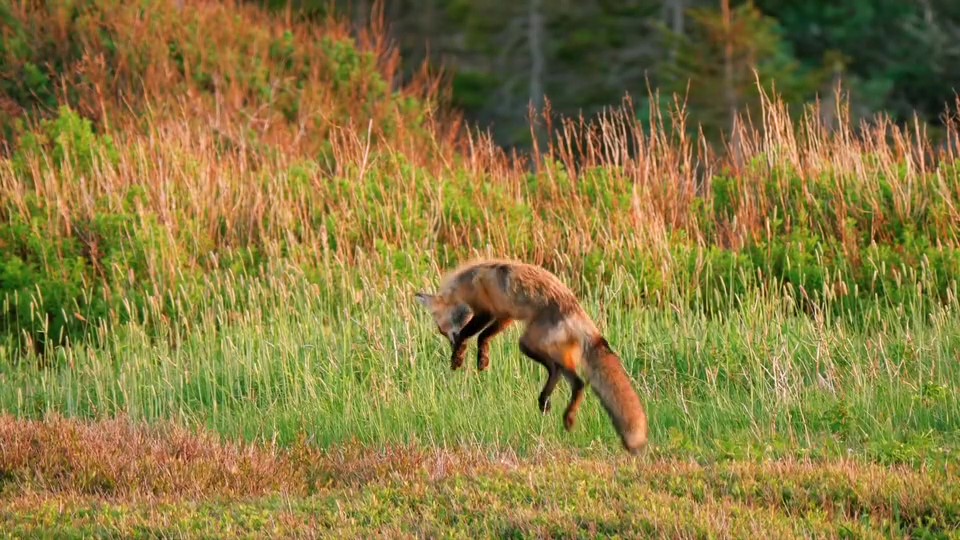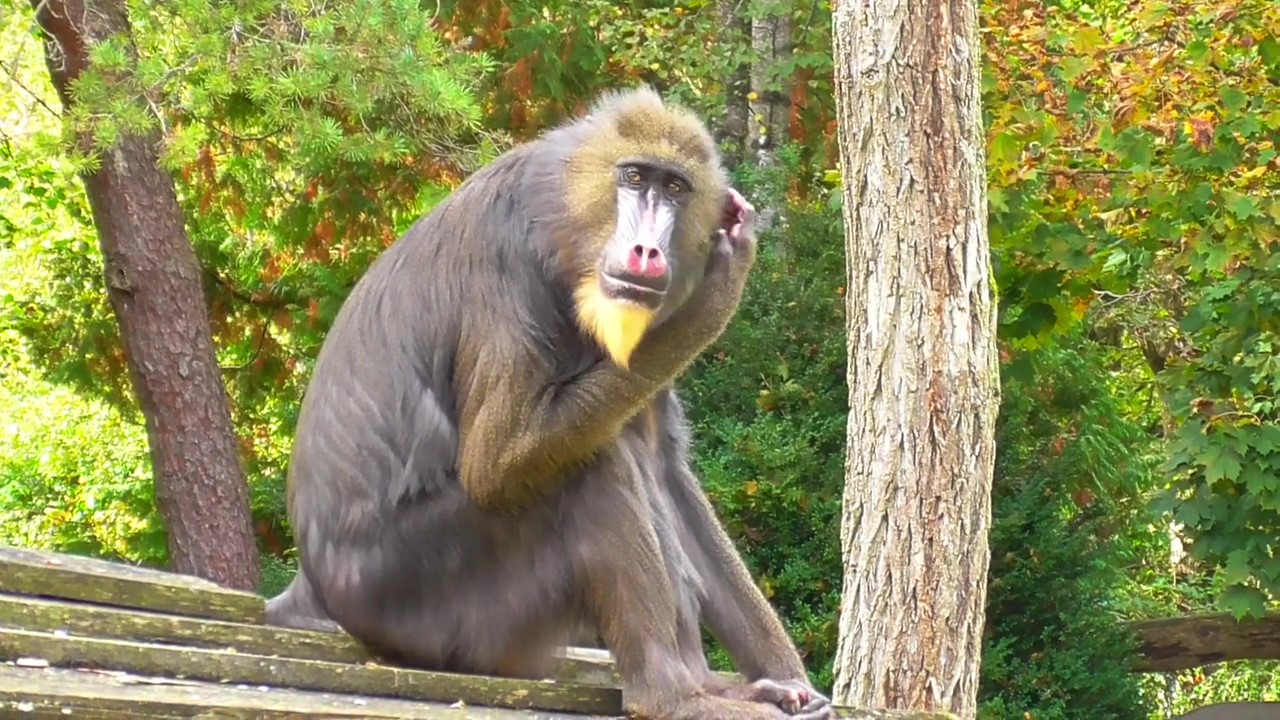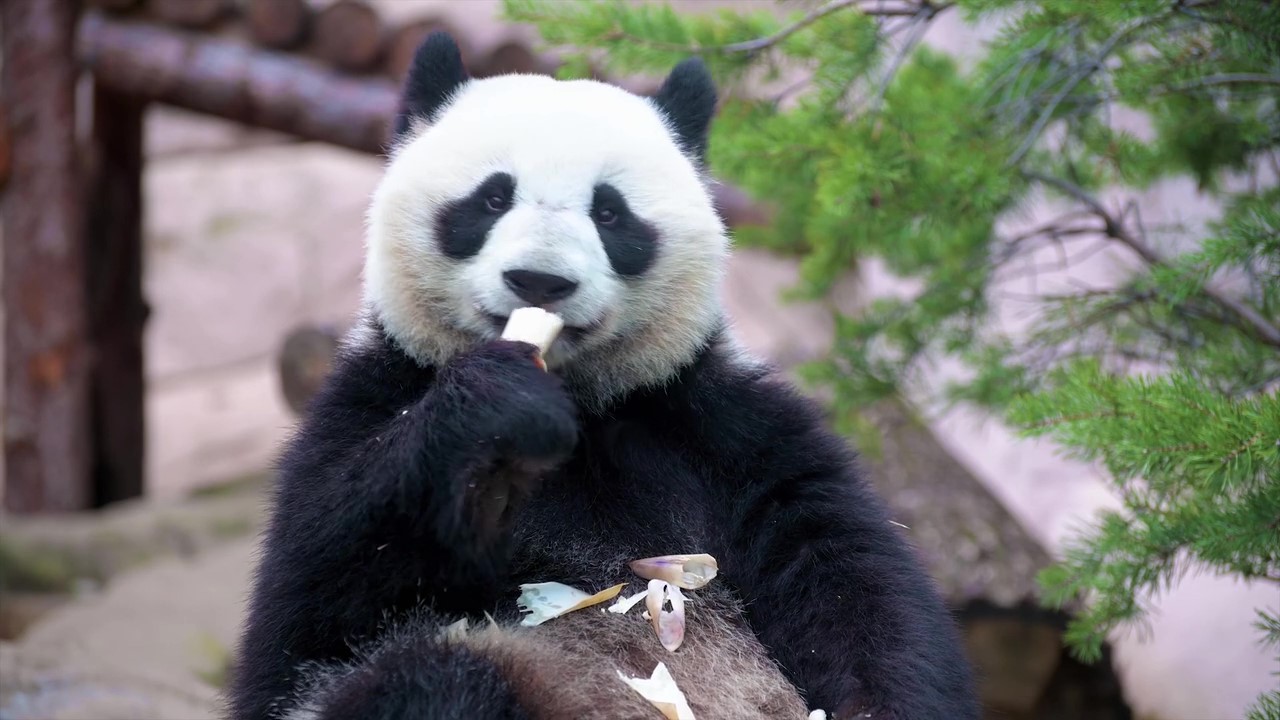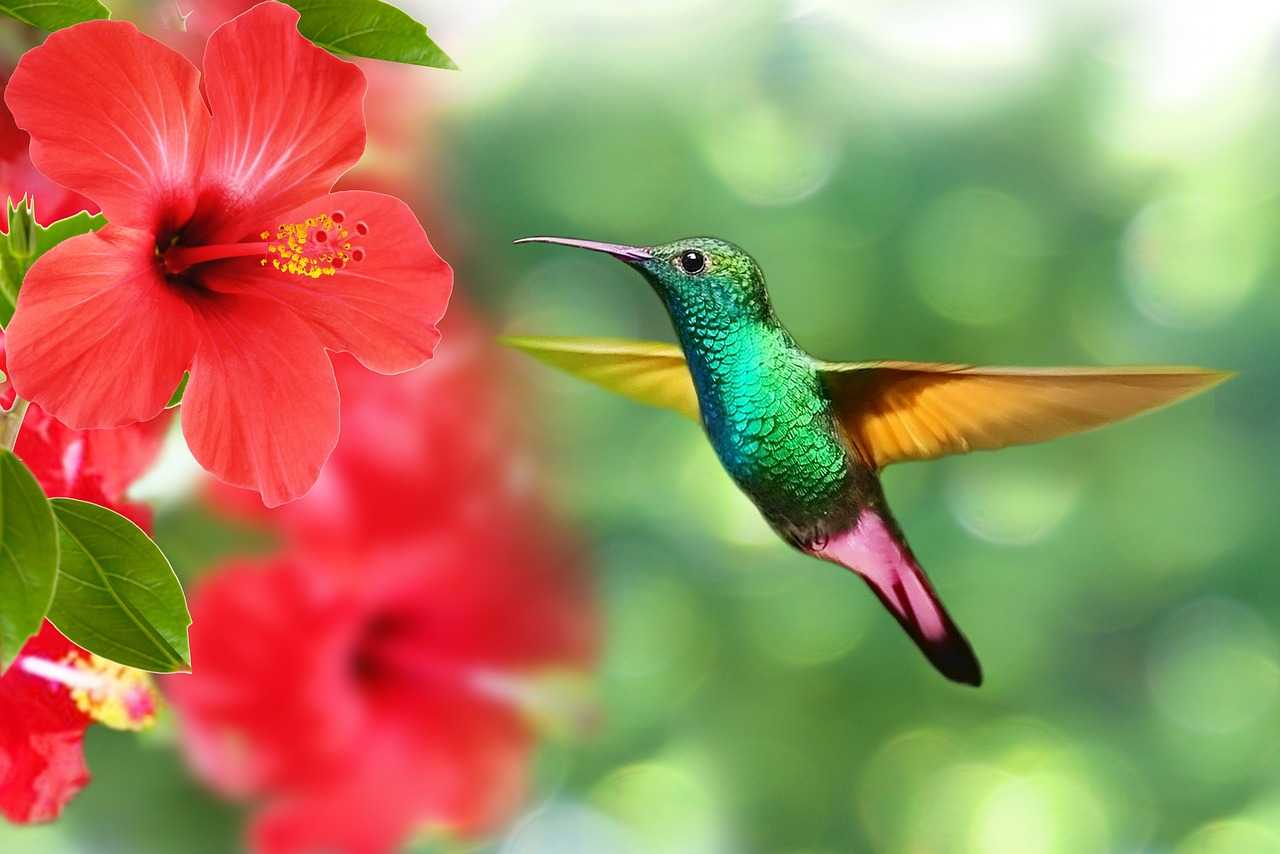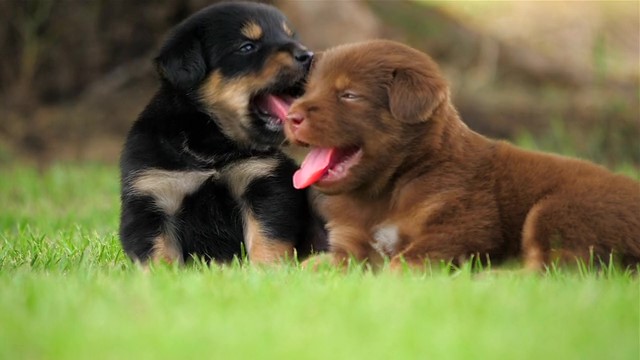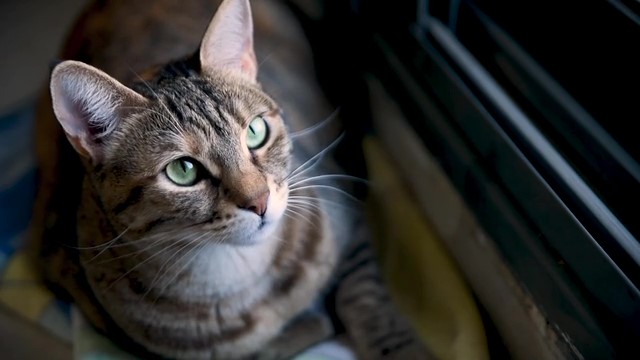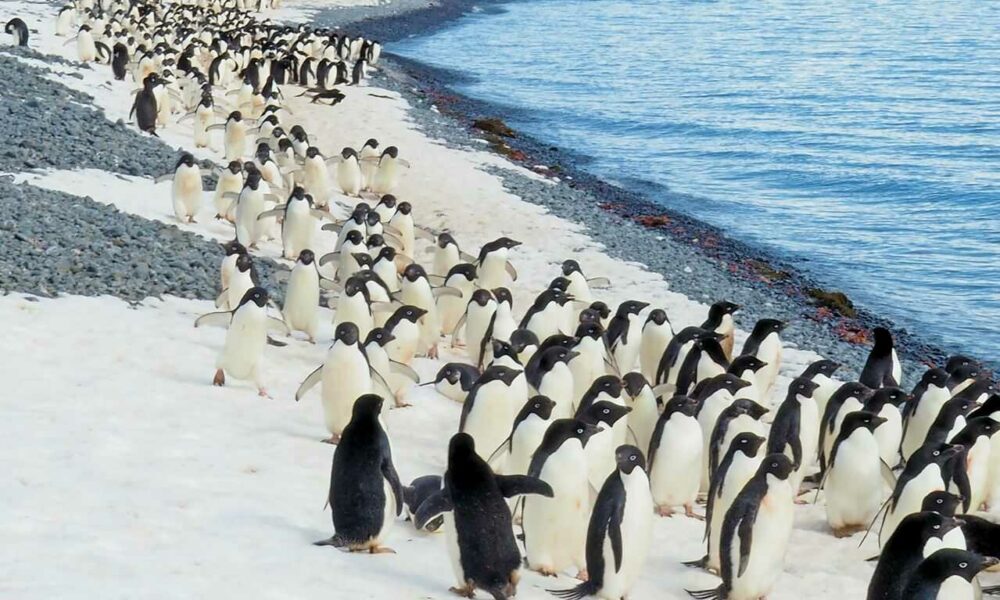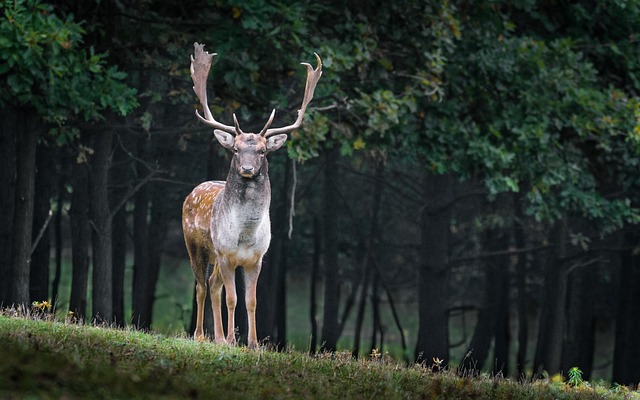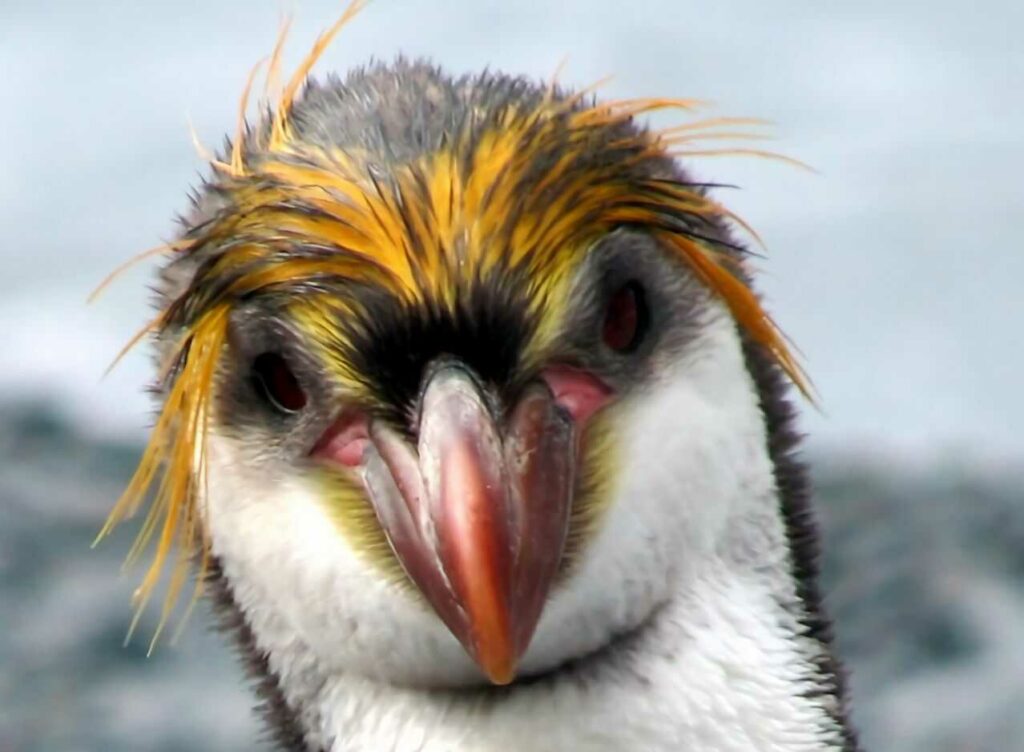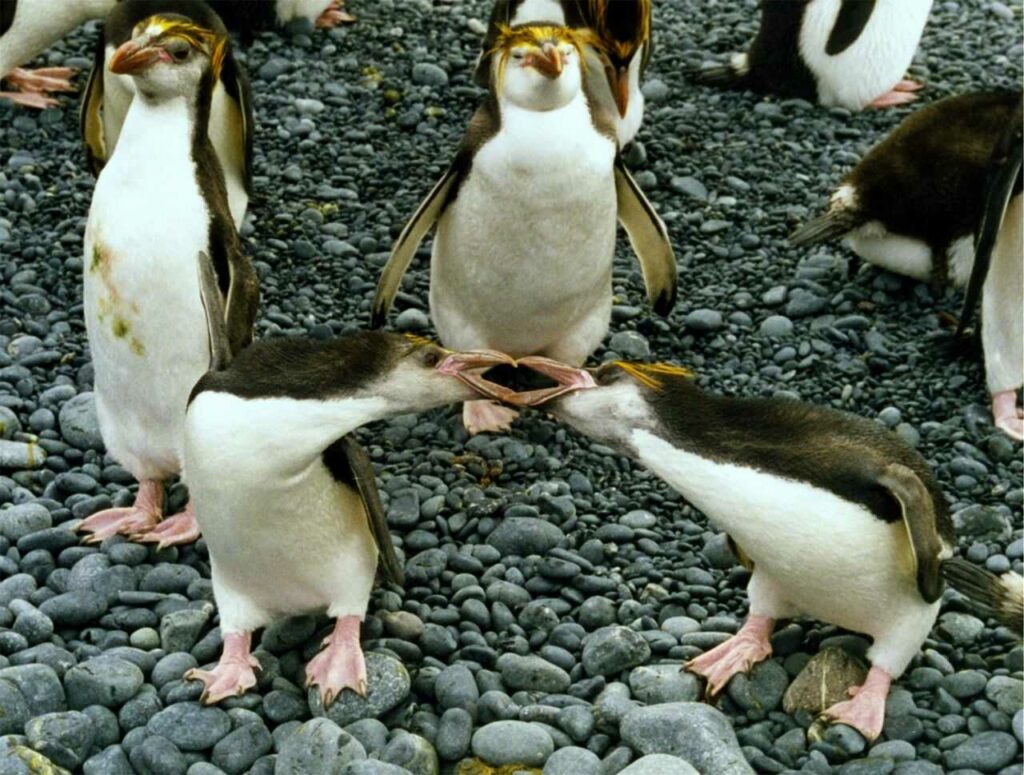
Royal Penguin
Royal Penguin
Royal Penguin
Are you familiar with the 'Royal Penguin'? The name might conjure an image of an elegant penguin! Royal penguins have a graceful image and seem uninvolved in conflicts. However, about 100 years ago, something very distressing happened to the royal penguins. What tormented these penguins? And what is the event that we humans must not forget? Why not delve into the secrets of the royal penguin on this occasion?
Royal Penguin Basic Infomation

Order: Penguin, Family: Penguin, Genus: Macaroni Penguin
Length: 65–75 cm
Males: 3.8–5.5 kg (breeding season), 5.7–8.1 kg (molt start); Females: 3.2–5.0 kg (breeding season), 5.2–8.1 kg (molt start)
Culmen Length: Males: 19.8 cm, Females: 18.5 cm
Flipper Length: Males: 6.5 cm, Females: 6.0 cm
Population: 1.7 million
The appearance of the Royal Penguin features white cheeks and throat with a black back, and pink feet. Its head is adorned with yellow and orange beautiful crest feathers draping over the face, and the beak is orange tinged with red. Both males and females look identical, making it difficult to distinguish them, but males are generally larger.
Additionally, they resemble Macaroni Penguins, but Royal Penguins can be identified by their white faces, while Macaroni Penguins have black faces.
Royal Penguins arrive on islands such as Macquarie Island around September to October to breed, forming colonies known as rookeries. These are usually located on slopes covered with tussock grass or on elevated areas about 150 meters inland. Nest building is done in the same locations using mainly pebbles, and the birds scoop out a nest bowl in the ground. After finding mates they approve of, they breed. The pair bond is said to be very strong.
Females lay two eggs in October, and initially, the eggs are incubated alternately by the male and female for 10 days. Following this, the female continues for 12-14 days, and finally, the male takes over for another 12-14 days. The total incubation period is 35 days, leading to the hatching of chicks.
For the first 10 days post-hatching, the parents closely guard and nurture the chicks, after which the chicks are placed in communal nurseries known as crèches. During this time, the parents alternately go to sea to forage and return every two or three days to feed the chicks. After about 65 days, the chicks grow to the size of adults and are ready to leave the nest.
The fluffy down that initially covers the chicks gradually falls out and is replaced with feathers, including the distinctive adult crest feathers, although these remain somewhat smaller in juvenile birds. As they mature, their crest feathers develop fully.
Royal Penguin Q&A

What is the origin of the Royal Penguin's name?
Firstly, 'royal' means 'regal', suggesting a noble image, which could be inspired by the royal penguin's golden, crown-like crest feathers that drape elegantly over its white face. Additionally, another origin story involves the King Penguin. Sometimes, Royal Penguins have been observed walking alongside King Penguins on Macquarie Island, resembling a 'king' with his 'royals', leading to the name.

Why does the Royal Penguin live there?
Royal Penguins primarily breed and raise their young on Macquarie Island, located between Australia and Antarctica. They have also been sighted in Australia, New Zealand, and occasionally Antarctica. It's believed that those found outside of Macquarie Island may have drifted ashore. While no clear reason explains their preference for Macquarie Island, the abundance of krill, small fish, and other marine resources around the island could be a contributing factor for their breeding activities there.

What does the Royal Penguin eat?
Royal Penguins dive into the ocean to feed on krill and fish from the lanternfish family. When feeding chicks, parents provide pre-digested krill and fish, which they regurgitate to the young.

Is there a tragic history associated with Royal Penguins?
Indeed, there is a somber history. Before discussing it, are you familiar with the term 'penguin oil'? Initially derived from seals and other marine animals on Macquarie Island, penguin oil became a focus when seal numbers dwindled in the late 19th century. Royal and King Penguins then became the new source for oil production due to the feasibility and cost-effectiveness of extracting large quantities of oil from them. As a result, a factory specifically for producing penguin oil was established on Macquarie Island, complete with large kettles for boiling penguins. Annually, many penguins were killed, generating significant profits for some businessmen. Although the production of penguin oil is now prohibited by law and Macquarie Island has been designated a protected area, it's important not to forget the historical exploitation of penguins for human gain.

Where can one see Royal Penguins?
As of November 2021, there are no places in Japan where Royal Penguins can be viewed. However, an alternative option is to participate in a cruise around Macquarie Island. Although expensive, these trips can be arranged through travel agencies for those who are particularly keen to see Royal Penguins in their natural habitat.

Does the Royal Penguin have natural predators?
Royal Penguins face predation from Southern Elephant Seals and Skua birds, which target their eggs and chicks. However, humans may pose the greatest threat. The IUCN lists the Royal Penguin as 'near threatened', possibly due to overfishing which impacts their food sources and the introduction of predatory species such as Wekas by humans to breeding areas. Introduced species, like the Weka in Macquarie Island, have been known to prey on eggs and chicks.

What is the lifespan of a Royal Penguin?
Royal Penguins typically live up to about 12 years, enduring the harsh conditions of their natural environment.

Would you like to become a part of the 'Animalbook.jp'?
Turn your knowledge into Q&A and share it with the world. ※Publication will be activated after purchase. Let's share information together!
Royal Penguin Type of List

- Royal Penguin
Information
Congratulations! You are the first commenter!

Would you like to leave a comment?
※Please note: This is for the purchase of rights to post comments within the article.
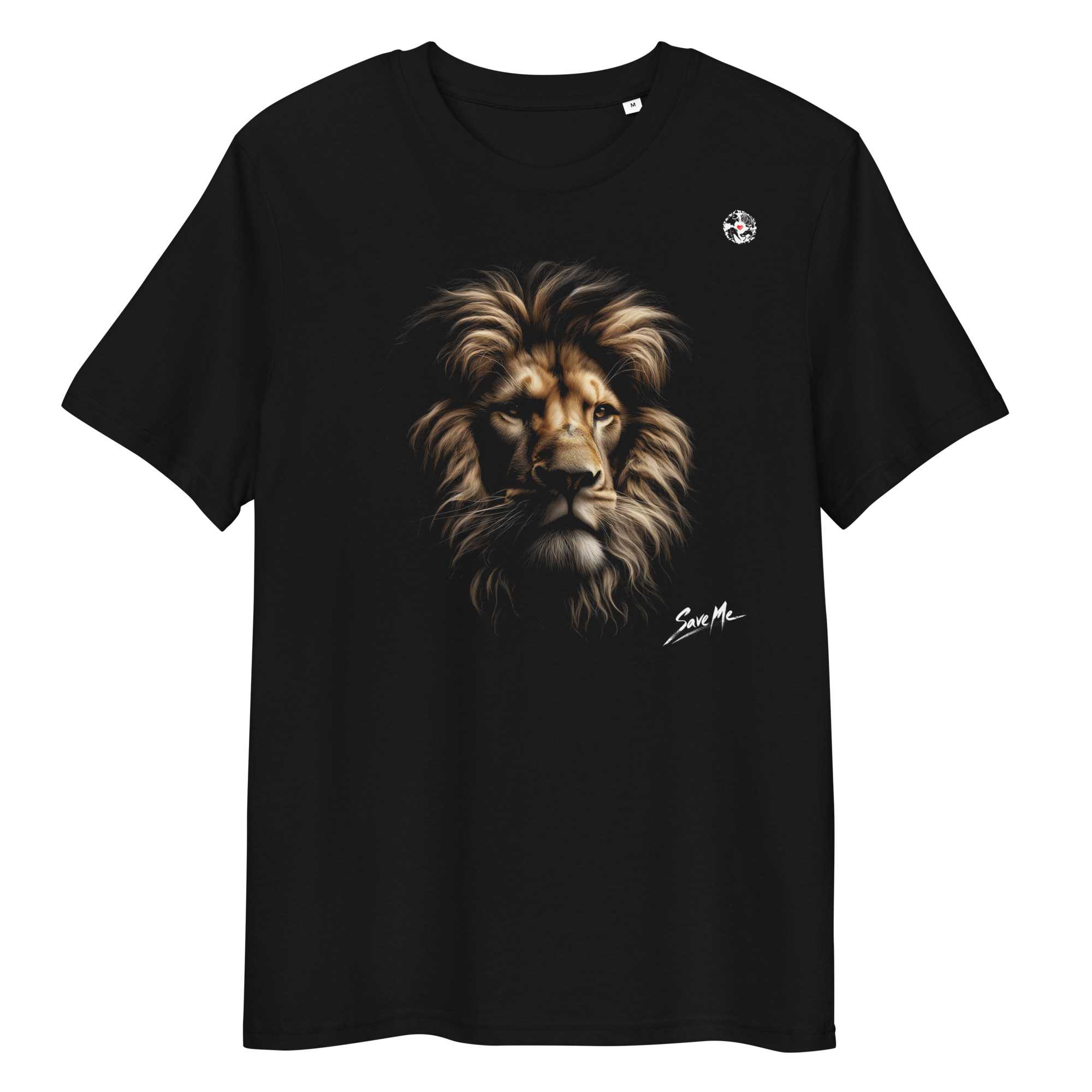
Find Your Favorites!
Our shop offers a unique and attractive selection of goods themed around various animals.
Royal Penguin References

- ペンギンガイドブック 著者:藤原幸一
- ペンギンライブラリー ホシザキ株式会社 https://www.hoshizaki.co.jp/penguin_island/penguin/
- Pew Charitable Trusts 世界のペンギンの保護 https://www.pewtrusts.org/-/media/assets/2015/05/penguinoverviewfinaljp.pdf
- BirdLife International Tokyo もっとも絶滅リスクの高いペンギンはどの種でしょうか? https://tokyo.birdlife.org/archives/world/13126
Royal Penguin Introduction of media used
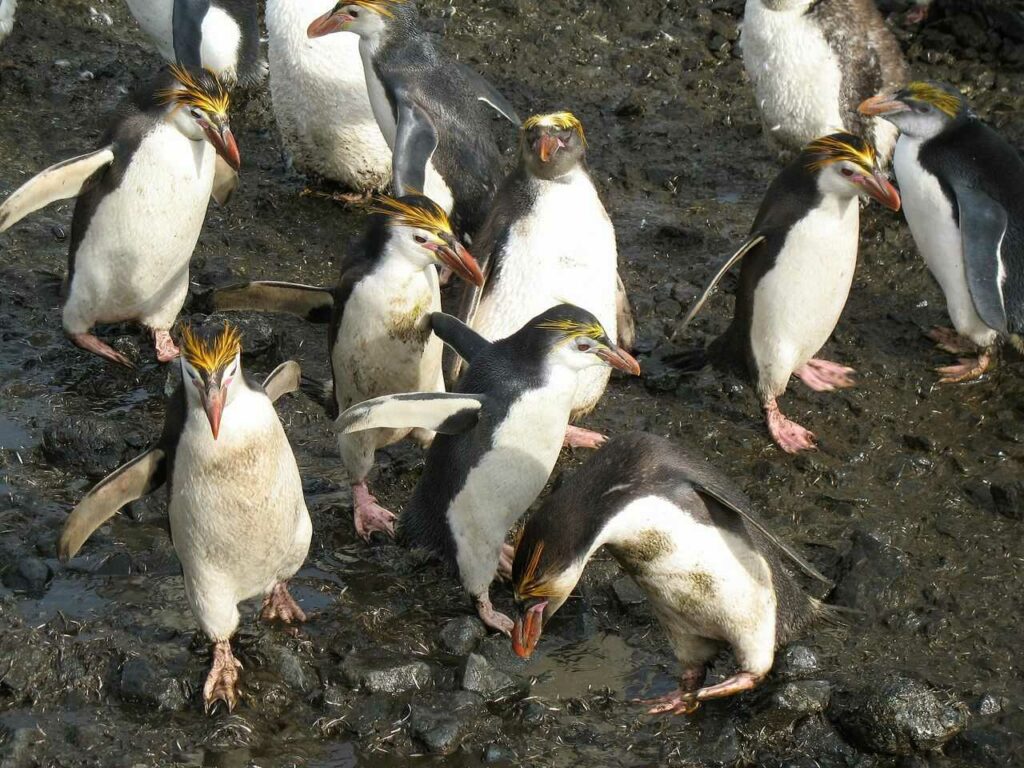
出典:https://commons.wikimedia.org/wiki/File:RoyalPenguins5.JPG

出典:https://commons.wikimedia.org/wiki/File:RoyalPenguins2.JPG

出典:https://commons.wikimedia.org/wiki/File:RoyalPenguins2.JPG
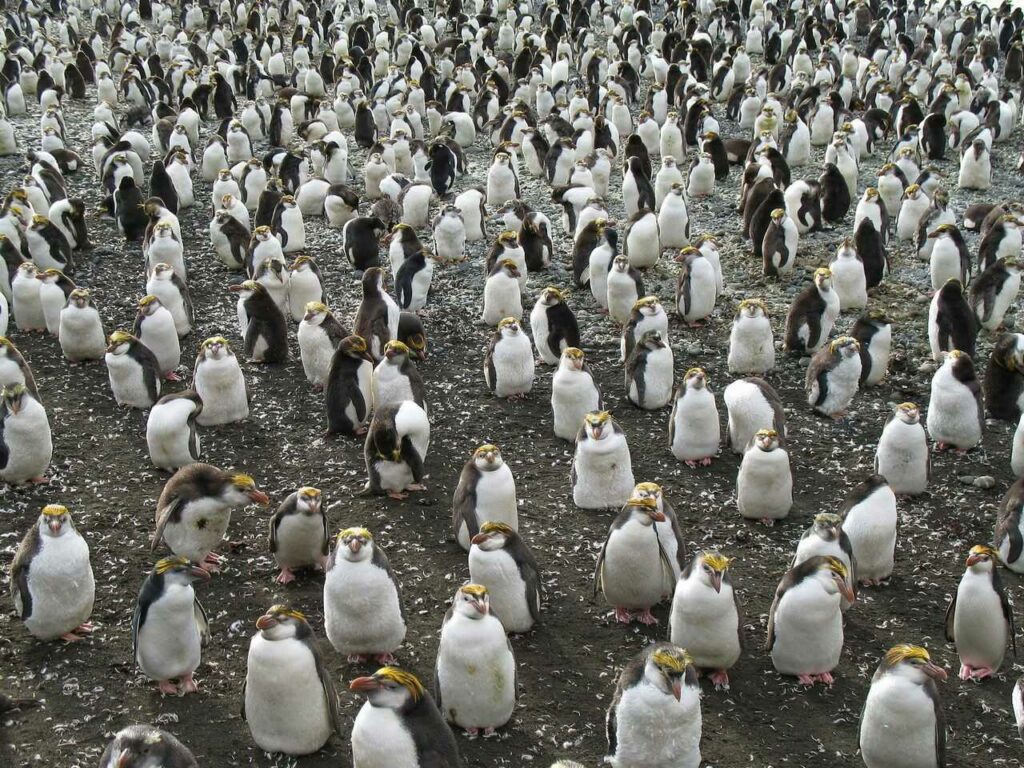
出典:https://commons.wikimedia.org/wiki/File:RoyalPenguins1.JPG

出典:https://commons.wikimedia.org/wiki/File:MacquarieIsland8.JPG
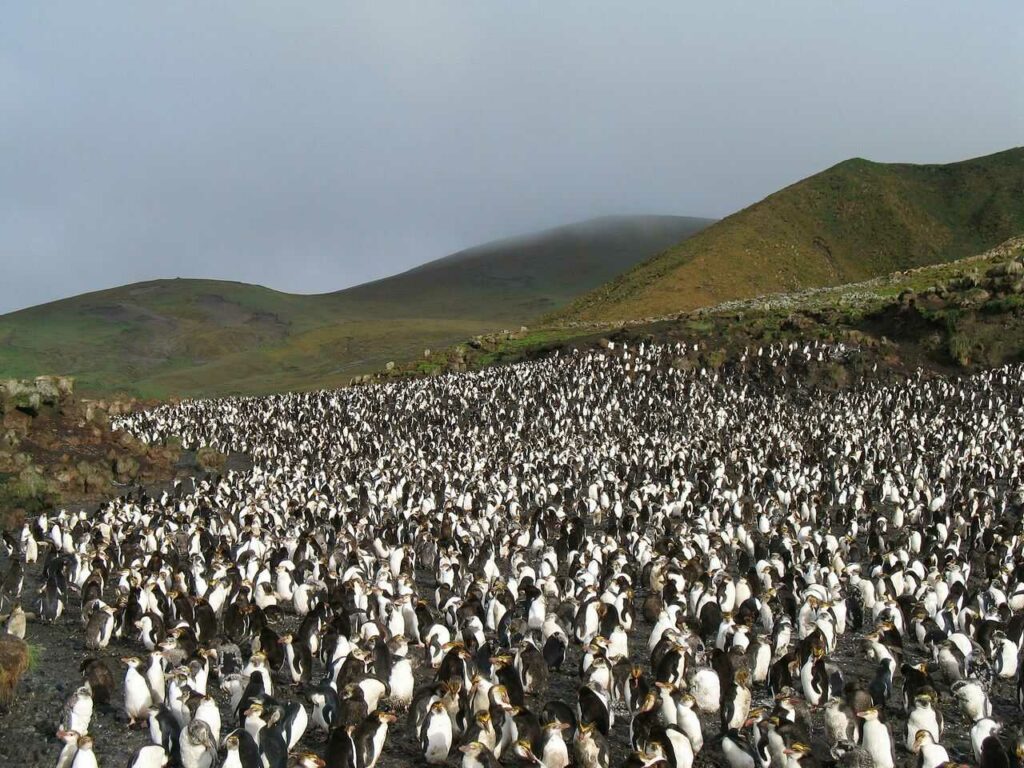
出典:https://commons.wikimedia.org/wiki/File:RoyalPenguins4.JPG
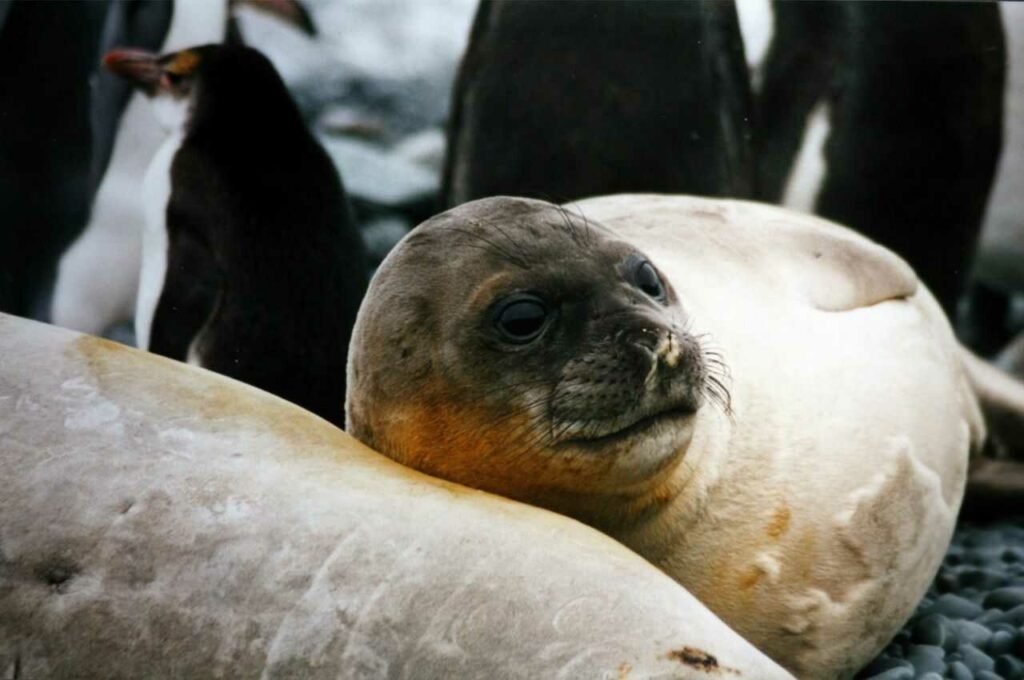
enemy
出典:https://commons.wikimedia.org/wiki/File:Female_Mirounga_leonina_and_royal_penguin.jpg
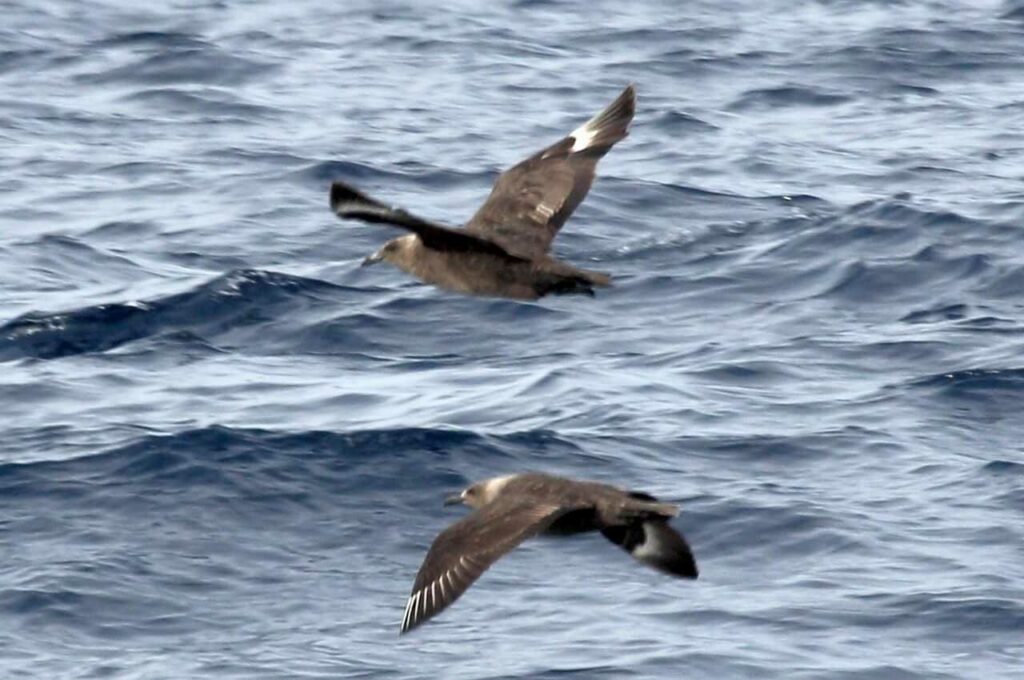
enemy
出典:https://commons.wikimedia.org/wiki/File:South_Polar_Skua_(Stercorarius_maccormicki)_(18872154328).jpg
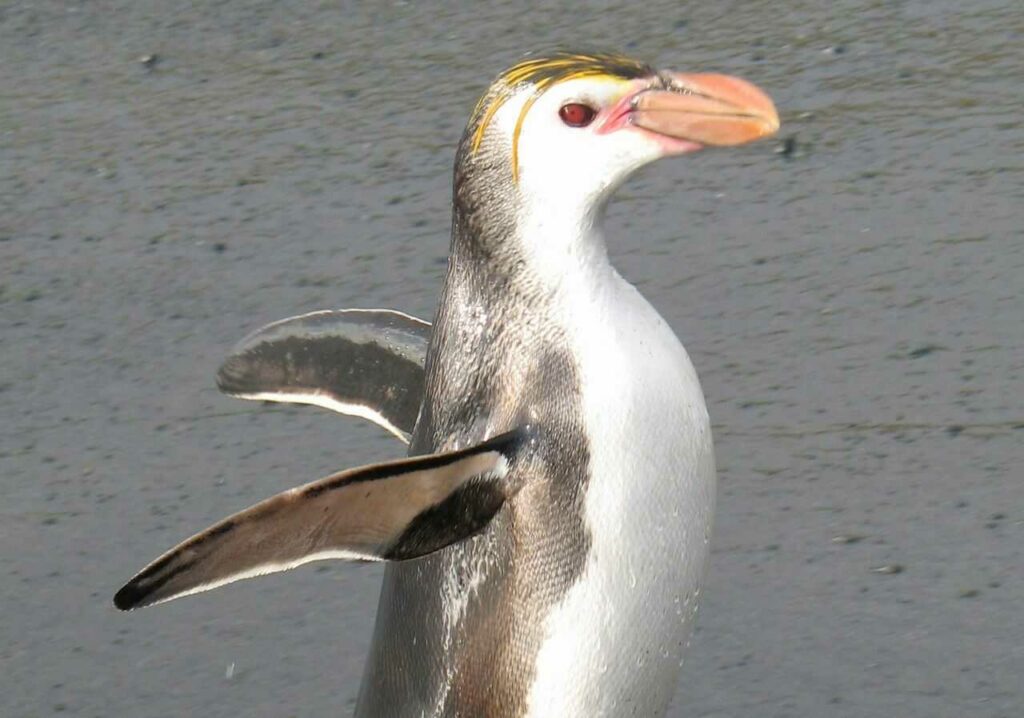
出典:https://commons.wikimedia.org/wiki/File:RoyalPenguins3.JPG

Help Enrich Our Animalbook.jp with Your Media!
We are constantly looking to expand and enrich our Animalbook.jp with amazing photos and videos of animals. If you have any media that you'd like to share, please contribute and help us showcase the beauty and diversity of the animal kingdom. Your submissions will be credited and featured in our encyclopedia, reaching a wide audience of animal lovers.

